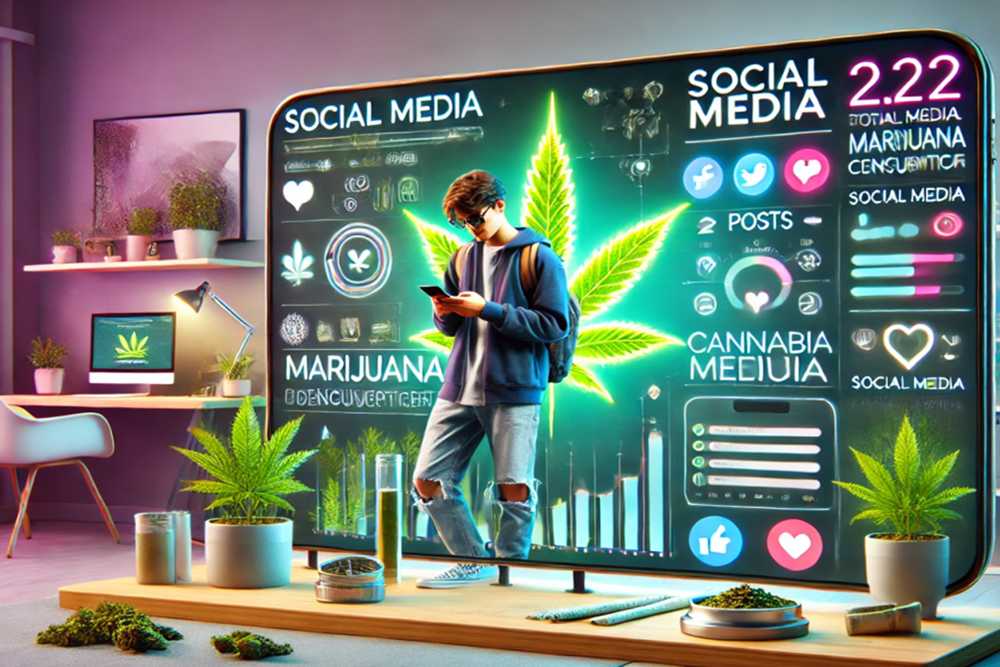Social media plays a significant role in shaping college students’ attitudes and behaviors toward marijuana consumption. Platforms like Instagram, Snapchat, TikTok, and X (formerly Twitter) often showcase content that normalizes or even glamorizes marijuana use, portraying it as a casual, fun, or stress-relieving activity. This constant exposure can influence students’ perceptions, making marijuana seem more socially acceptable and less risky than it actually is. Peer influence also plays a major role, as students are likely to imitate behaviors they see from their friends or influencers they follow. Additionally, social media trends and challenges involving marijuana can encourage experimentation, especially among impressionable or curious students. Some students may also use these platforms to access information about marijuana or find suppliers, blurring the lines between recreational use and illegal activity. On the other hand, social media can also serve as a space for awareness campaigns and education on the risks associated with marijuana, particularly when used excessively or in unsafe environments. Overall, while social media can provide information and community, it also has the potential to promote risky behaviors by glamorizing marijuana use without highlighting the potential health, academic, or legal consequences.

Contact us We make data meaningful.
Please fill out the contact form completely. We strive to respond to all inquiries within 1 business day.

